What’s Up?
I just took a peek out the back door and saw a hazy half-moon so there is lots of moisture in the air and it seems quite still. It might be a good morning for flower photography. I will head down to the lake early this morning, Tuesday 14 APR 2020. I enjoyed two photo sessions yesterday afternoon. The best were some swimming crane images in the morning and a nice series of palm tree silhouettes late in the day.
Thanks to the many who have ordered the almost-finished SONY e-Guide and Video(s). If you purchase, please be sure to include your e-mail address in a note as we do not always receive Paypal notification and please send a copy of your Paypal order that includes your e-mail address to me at the samandmayasgrandpa@att.net address.
Thanks to Kathy Hronopoulos of Western Australia for her SONY e-guide order. Kathy, if you see this, please contact me via e-mail as the emails I sent to the address in your Paypal bounced back to me.
|
|
|
Click on the image to enjoy a larger version. The SONY e-Guide by Patrick Sparkman and Arthur Morris |
The Sony Camera Videos and Pre-publication e-Guide Costs and Discount Info
The cost of the SONY e-Guide is $100.00 US and will include one of the four camera set-up videos — we offer one video each for the a7r iii, the a7r iv, the a9, and the a9 ii — and the written guide with the galleries. The guide is now 98% done and you will — of course, receive the final version when it is completed. I sent out the third draft today to those who have purchased the Guide with or without the discount.
Folks who have used my B&H links or purchased their SONY gear from Bedfords will receive said discount based exactly on how much they spent. If you spent more than $10,000 you will receive one free video and the e-Guide. Additional camera videos are $25.00 each. If you spent $2400, you will receive a 24% discount, and so on and so forth. And again, additional camera videos will be $25.00 each.
I will need time to verify your B&H purchases so folks will need to send their receipts and then be a bit patient. It is much easier to verify Bedfords’ purchases but I need those receipts as well.
If you have not used BAA links, please do so in the future. If that is the case and you would like the e-Guide now, please send a Paypal for $100 US to birdsasart@verizon.net and be sure to include the words “SONY Pre-publication Guide” in the Paypal e-mail along with the name of your camera or cameras so that you can receive the correct video or videos. Please add $25 for each additional camera video. Be sure to send a copy of the Paypal transaction to me via e-mail.
Folks who have used BAA links to purchase their SONY gear should send their receipts to me via e-mail asap and let me know which camera videos they need. I will verify their purchases as quickly as possible and send a quote to be paid via Paypal as above.
Thanks to all who have properly used my B&H links or gone through the fabulous Steve Elkins at Bedfords, and thanks to everyone for having faith in the information that I provide, knowing that it will be the best available anywhere.
BIRDS AS ART
BIRDS AS ART is registered in the U.S. Patent and Trademark Office
New Used Gear Listings
Please note: the purchase of the below will include a $50.00 discount on the almost-finished SONY e-Guide.
Sony FE 100-400mm F4.5-5.6 GM OSS
IPT veteran and dear friend Patrick Sparkman is offering a Sony FE 100-400mm F4.5-5.6 GM OSS Lens in very good condition for a very low $1650.00. The body of the lens is in excellent condition. The glass is perfect except for a tiny scratch on the front element that does not affect performance. The sale includes the lens hood, the original box, the soft case that came with the lens, the front lens cap, the rear lens cap, and insured shipping via Fed Ex Ground. Your item will not ship until your check clears unless other arrangements are made.
Please contact Patrick via e-mail.
The .98 meter minimum focusing distance of the SONY 100-400 is a huge plus. It comes in very handy when working with mega-tame birds and the lens can be effective as a quasi-macro lens for large bugs (including butterflies and dragonflies), frogs, all but very small flower blossoms, and lots more. In addition, it is a more than capable flight lens that is a lot lighter than the 200-600. The 100-400 was my workhorse lens on the 2019 Galapagos Photo-Cruise of a Lifetime. As it sells new for $2,498.00 you can save a very neat $848.00 by grabbing Patrick’s lens.
Money Saving Reminder
If you need a hot photo item that is out of stock at B&H, would enjoy free overnight shipping, and would like a $50 discount on your first purchase over $1000.00, click here to order and enter the coupon code BIRDSASART at checkout. If you are looking to strike a deal on Canon or Nikon gear (including the big telephotos) or on a multiple item order, contact Steve Elkins via e-mail or on his cell at (479) 381-2592 (Eastern time) and be sure to mention your BIRDSASART coupon code and use it for your online order. Steve has been great at getting folks the hot items that are out of stock at B&H. Those include the SONY a7r IV, the SONY 200-600, the SONY 600mm f/4 GM, and the Nikon 500mm PF. Steve is eager to please.
Gear Questions and Advice
Too many folks attending BAA IPTs and dozens of photographers whom I see in the field and on BPN, are–out of ignorance–using the wrong gear especially when it comes to tripods and more especially, tripod heads… Please know that I am always glad to answer your gear questions via e-mail. Those questions might deal with systems, camera bodies, accessories, and/or lens choices and decisions.
|
|
|
This image was created in my driveway on Sunday 12 APR 2020. I used the Induro GIT 404L FlexShooter Pro-mounted Sony FE 100-400mm f/4.5-5.6 GM OSS lens with the Sony FE 1.4x teleconverter (at at 560mm) and the 61-mega-pixel monster, the Sony Alpha a7R IV Mirrorless digital camera body. ISO 500. Exposure determined by Zebras with ISO on the rear dial: 1/500 sec. at f/14 in Manual mode. AWB at 10:03am on a morning with mixed clouds and sun. Tracking Flexible Spot (M) AF-C was active at the moment of exposure. Image #1: Fresh Magnolia blossom portrait |
Now is the Time
When you see something that interests you, photograph it. If you think, I’ll photograph that tomorrow, it ain’t gonna happen. This is doubly true with macro photography. Add in the fact that magnolia blossoms are quite fragile. They are often overrun by small bugs and the petals bruise easily. It had not been the greatest morning for bird photography — the only images that I kept were of vultures. The low blossom that I had seen when I pulled the car out of my garage had opened, so I checked it out despite the then-bright sun and the wind. Having just opened, it was in pristine condition. I almost gave up on the situation but realized that the flower might look really bad by the next day. So I pulled into the garage and went to work. As often happens, this was the first image in a long series. It was made when a cloud covered the sun briefly.
|
|
|
Image created with my i-Phone 11 on 12 APR. See The iPhone Photography e-Guide by Dr. Cliff Oliver. That’s where I learned to shoot with my i-Phone! macro-telephoto set-up |
Why the Second Tripod?
Setting up a second tripod in the manner seen in the image above was the key to success. Why?
Image #2: Magnolia blossom on i-Phone 5s.
|
The Prize-winner and Stamen Scars
The image above was created in my driveway by older daughter Jennifer. Though I like the image I created last Sunday, Jen’s image would surely win Best of Show in the Magnolia Blossoms in artie’s Driveway category. Read the whole story in the Can Photography Actually Be Simple? Or is it Genetic? blog post here. Curious as to the gorgeous pink in Jennifer’s image I did a few web searches. Here is what I came up with: the tiny curvy green parts are the carpels (or anthers or stigmas). The off-white cup-like structure below those are the (developing?) stamens. And the pink seen only in Jen’s slightly older flower are the stamen scars, presumably a result of some of the stamens falling off.
If you can add anything to the above or have any corrections, please leave a comment as my web search was anything but definitive.
Final note: By Monday morning the pink stamen scars on this year’s low blossom were evident but the flower was otherwise a mess.
|
The Art of Flower Photography, a 203 page eBook/a link to the PDF will be sent via e-mail: $29.00. |
The Art of Flower Photography by Denise Ippolito and Arthur Morris
You can learn everything e about this e-book here, or order your copy here.
Video: The Art of Flower Photography
In this B&H Event Space video, two of the world’s premier photographers of flora and fauna — Arthur Morris and Denise Ippolito — share the techniques they use to create dramatic, sharp, well-composed, properly exposed images of flowers and flower fields. Denise does great things with the Canon 100mm f/2.8 L IS lens, while artie often goes to longer focal lengths—he has been seen photographing tulips at Keukenhoff Gardens, Holland, with a 600mm lens and a teleconverter. In addition to standard techniques, the video ends with Ippolito and Morris showing a wide range of abstract floral images and describing a variety of creative artistic effects such as multiple exposures, sharp/soft blending, texture overlays, warping a flower, creating zoom/twirls, in-camera blurs, and many others.
Click here to see the video.
If In Doubt …
If you are in doubt about using the BAA B&H affiliate link correctly, you can always start your search by clicking here. Please note that the tracking is invisible. Web orders only. Please, however, remember to shoot me your receipt via e-mail.






Please Remember to use my Affiliate Links and to Visit the BAA Online Store 🙂
To show your appreciation for my continuing efforts here, we ask, as always, that you get in the habit of using my B&H affiliate links on the right side of the blog or Bedfords, for all of your photo and electronics purchases. Please check the availability of all photographic accessories in the New BIRDS AS ART Online Store, especially the Mongoose M3.6 tripod head, Wimberley lens plates, Delkin flash cards and accessories, and LensCoat stuff.
As always, we sell only what I have used, have tested, and can depend on. We will not sell you junk. We know what you need to make creating great images easy and fun. And please remember that I am always glad to answer your gear questions via e-mail.
I would, of course, appreciate your using our B&H affiliate links or Bedfords for all of your major gear, video, and electronic purchases. For the photographic stuff mentioned in the paragraph above, and for everything else in the new store, we, meaning BAA, would of course greatly appreciate your business. Here is a huge thank you to the many who have been using our links on a regular basis and those who regularly visit the New BIRDS AS ART Online Store as well.
Be sure to like and follow BAA on Facebook by clicking on the logo link upper right.
Typos
In all blog posts and Bulletins, feel free to e-mail or to leave a comment regarding any typos or errors. Just be right :).

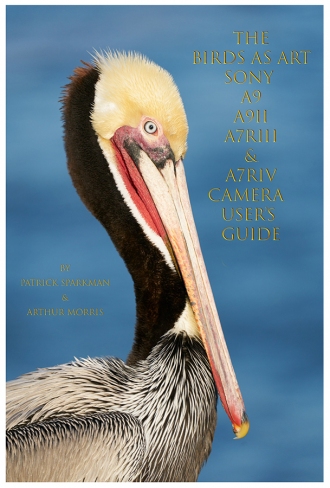

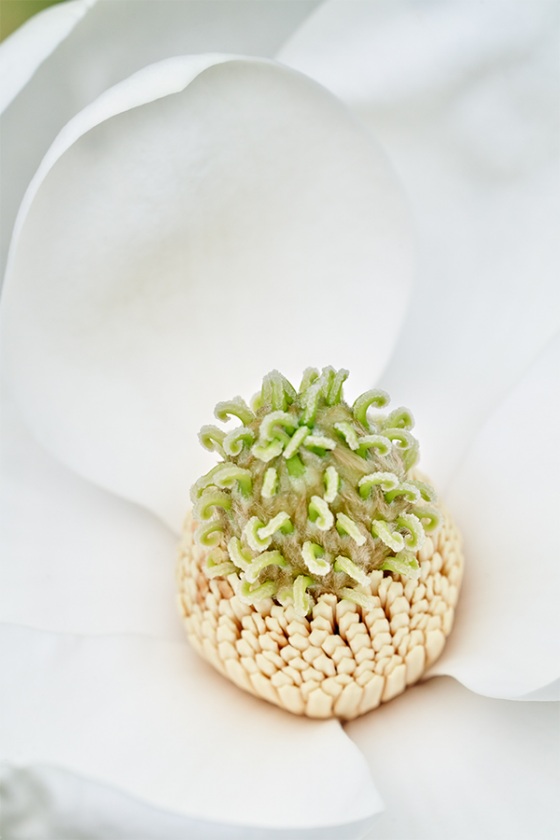
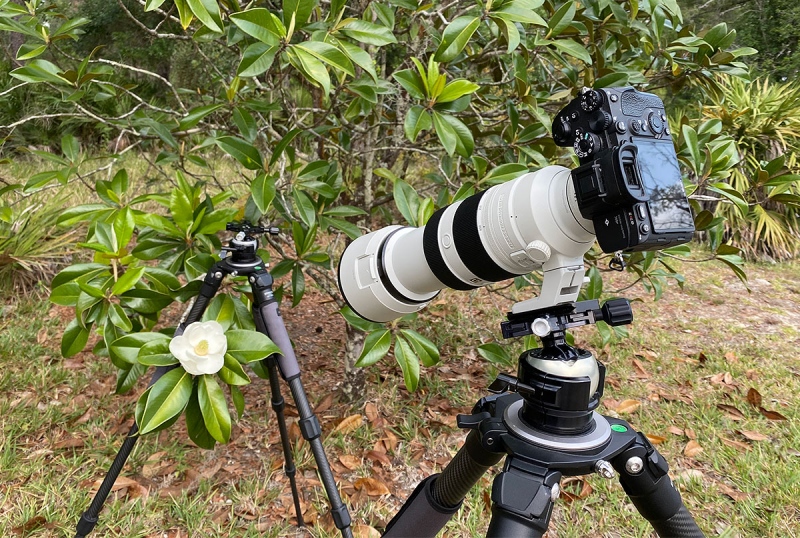
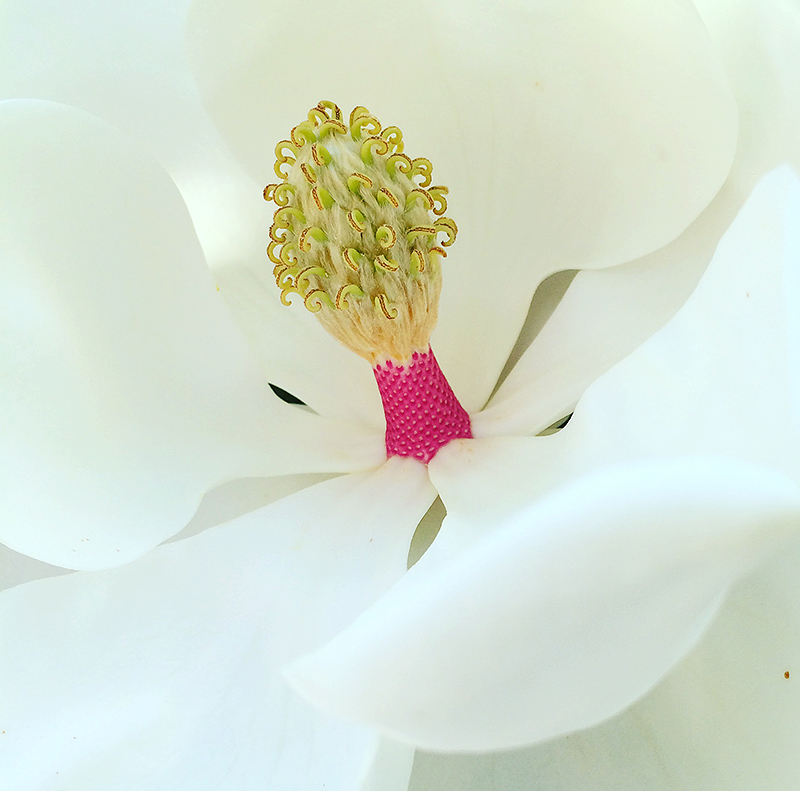
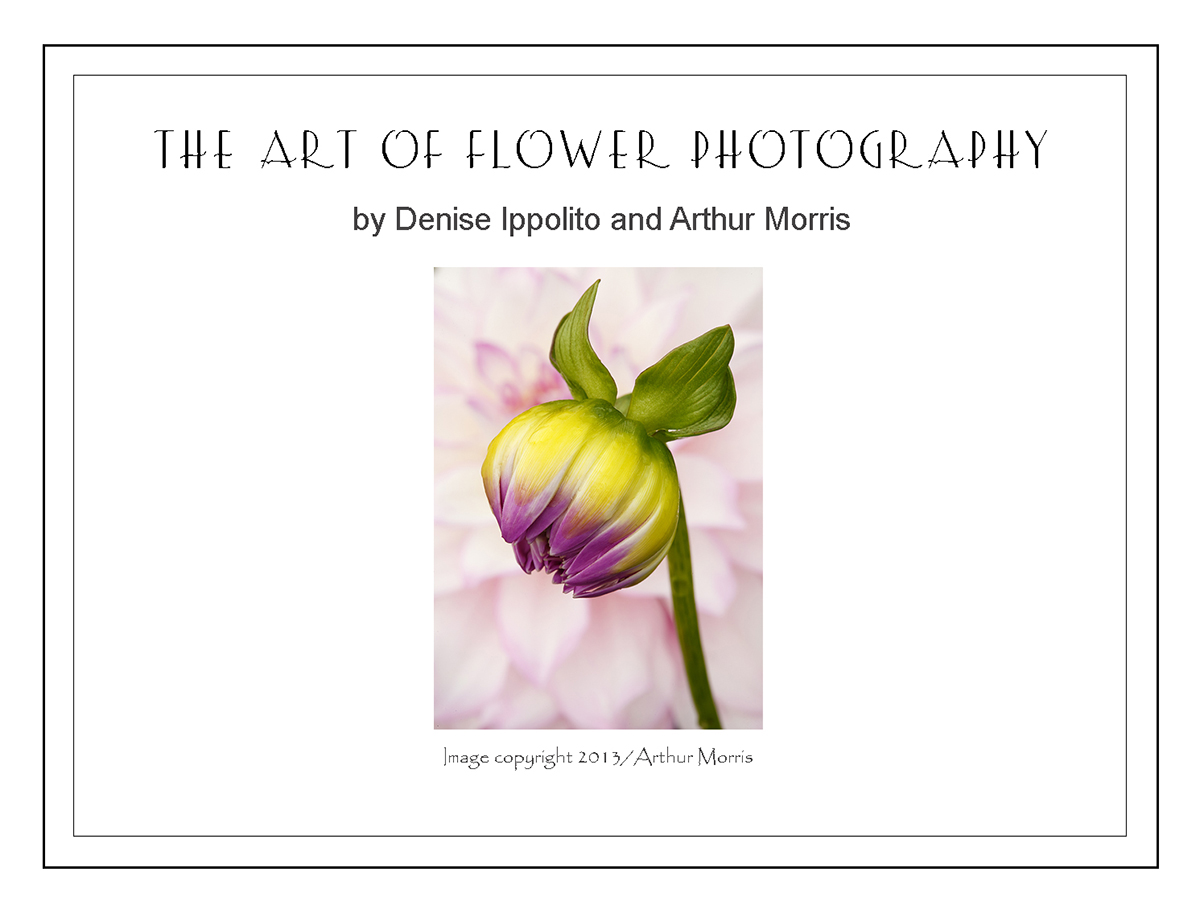













Agree with Richard .Second tripod hold the flower in position for light angle and stamen.
Thanks for the Sony E-Guide Artie I’m slowly working through it, and once again sorry for not including my email address in the order and thanks for tracing me.
YAW and no worries, Gordon. You can make it up to me by finding Kathy Hronopoulos 🙂
with love, artie
Good morning from SC (transplanted from CT). I believe you used the second tripod as a quick way to hold the blossom steady. While your main tripod holds the camera steady, wedging the blossom against one of the second tripod leg assures that it too remains steady. This was probably quicker and easier than using a Plamp to hold the blossom steady.
Image # 2 is a winner for sure! Congratulations Jennifer. Image #1 is also very good, I like the composition, and the fold of the white petal above the central part of the flower.
The second tripod is to help steady the subject from air movement.
The tripod might also hold the flower lower allowing a better angle. Have always had problems with our local magnolias. Most blooms are too high. Have sometimes tied them lower with string. They deteriorate so rapidly. Really like both images but the pink really adds to Jennifer’s. Am waiting for our season to start and try again.
You asked, why the second tripod. I think you gave us the answer when you said, “I checked it out despite the then-bright sun and the wind.” By using he second tripod you were able to control/limit the movement of the branch and flower.